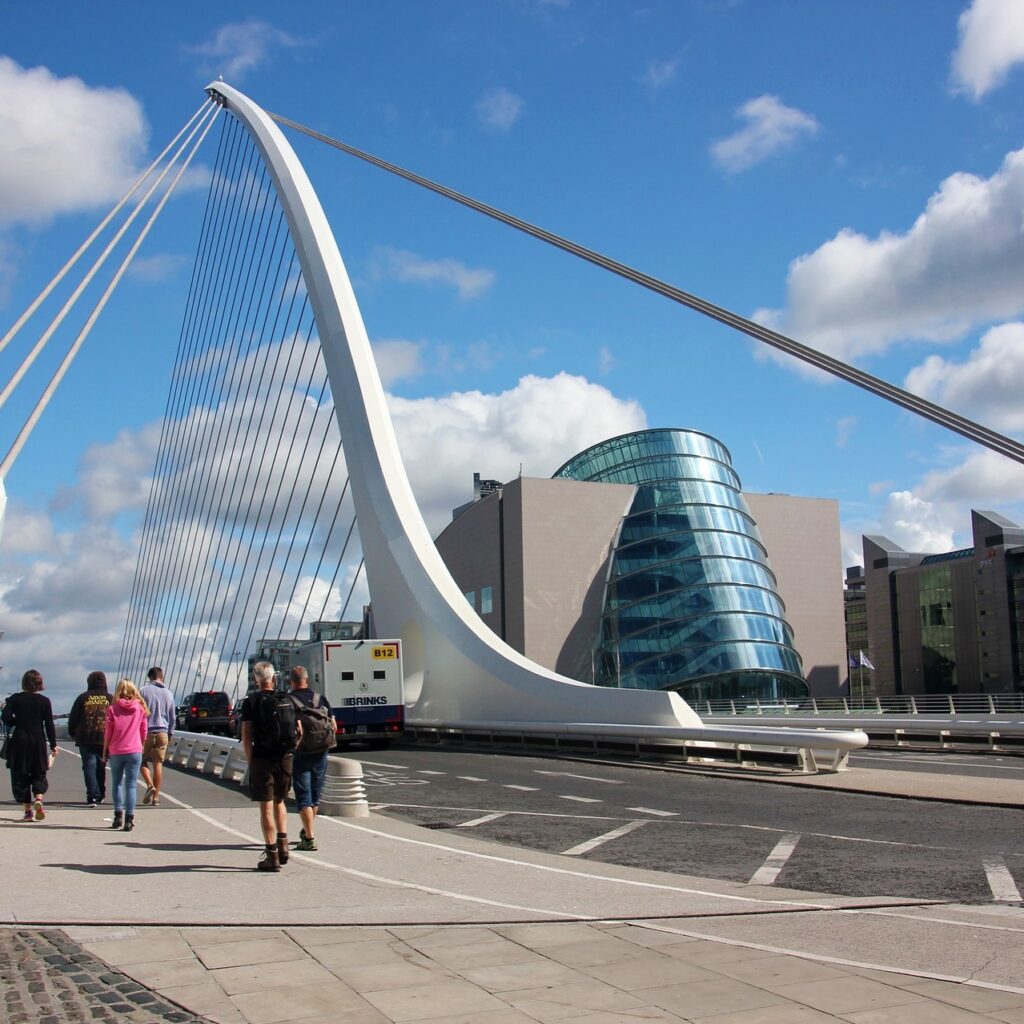
As we move towards the end of 2022, it seems appropriate to measure the public’s attitudes towards how the government has performed to date. Next month, for the first time ever in Ireland, the government will see a change in Taoiseach at the halfway point of its term. At the very least, Leo Varadkar will swap places with Micheál Martin, and a cabinet re-shuffle is also on the cards.
The first half of the government term has been defined by crisis, firstly the COVID-19 pandemic, then the Russian invasion of Ukraine, and finally the resulting cost-of-living crisis. Fine Gael received support for their perceived handling of the pandemic, particularly in the early stages of the crisis, but ongoing issues including housing and more recently, the rising cost-of-living, led to record levels of support for Sinn Féin.
In recent weeks however, press for Sinn Féin has turned more forensic and perhaps more negative. The links between the party and Jonathan Dowdall, charged for his part in the Hutch gangland murder of David Byrne at the Regency Hotel, are constantly in the news at present.
This more negative period of press coverage for the party has dampened Sinn Féin’s first preference support. After a record high of 36% share seen in early summer 2022, the autumn saw the party drop back slightly and today support has fallen again to 31% of the vote. While this is a drop of 5% in just two months, Sinn Féin does remain the most supported party by some distance. However, it does also suggest that the exceptionally high levels seen in recent months may not be sustainable in the run-up to the election.
There is no clear beneficiary of this fall in support for Sinn Féin at present with the main increase noted for undecided voters. They increase by 3% today, as voters seem less sure of voting for Sinn Féin, but as yet are not sure where else to go. Fine Gael also make further gains after a small rise last month, potentially having benefited from their hardened stance about going into government with Sinn Féin in recent weeks and heavy coverage during the poll of its Ard Fheis.
Some might see government parties making gains as strange, given that the overriding narrative from social media and commentators appears to have been that the country is on the wrong track. The reality however is that in today’s ratings by the public on government performance, almost half of all adults (49%) believe the government is running the country well, and that extends to more than half of those most likely to vote.
This proportion is very much in line with the share of the government’s vote at the last election. At the same time, it does further emphasise the growing split in Irish society, as there are also 50% of the population that believe the government is not running the country well.
It is also the case that those who suggested it is being run badly are more strident in their negative reactions, with almost one in five suggesting it is being run very badly; while only one in 10 suggest it is being run very well.
However, I think the government parties will be somewhat buoyed by this result. Particularly as a similar proportion also believe that the government has done well to help people with the cost-of-living crisis, the biggest issue among voters today. It will also please them that most of their own voters are generally supportive of how they’re both running the country and helping people with the cost-of-living. The government are also seen by similar proportions to be coping with the Ukrainian refugee crisis well.
On the other hand, there is far less positive news for the government parties when the issues around the housing crisis and the health service are put to the people. Just 14% of the population believe that the government is handling the housing crisis well, with only slightly more at 18% suggesting the government is doing well in trying to sort out the issues in the health service.
The disconnect between the negativity on these two issues, and the more positive response to the overall running of the country, suggest that while many say the issues of housing and health are important to how they will vote, in reality there appears to be relatively weak correlation for those not affected directly by housing or health issues.
This gives some comfort to government parties that housing and health issues, both of which are difficult for them to show real change before the next election, may not be the “be-all and end-all” of potentially being re-elected. Certainly, economic competence and cost-of-living are also extremely important to core government party voters.
This is further emphasised by the fact that those currently saying they will support Fine Gael or Fianna Fáil do give a somewhat more positive response to their handling of housing and health, while Sinn Féin voters give them no credit whatsoever.
On other issues of importance to voters such as keeping the streets safe, the cost of childcare and reducing climate emissions the government also doesn’t fare that well, with just under one in three voters suggesting they are handling these issues well. However, this does equate to more like 40 to 50% of their own supporters.
The recent knock to Sinn Féin support, and the somewhat more positive than expected endorsement of government performance overall, even if not on all issues, suggests there is still much to play for before the next election. The results also further emphasise how voters in Ireland, like in the USA and UK, are becoming more divided than ever before.
Click here to download report